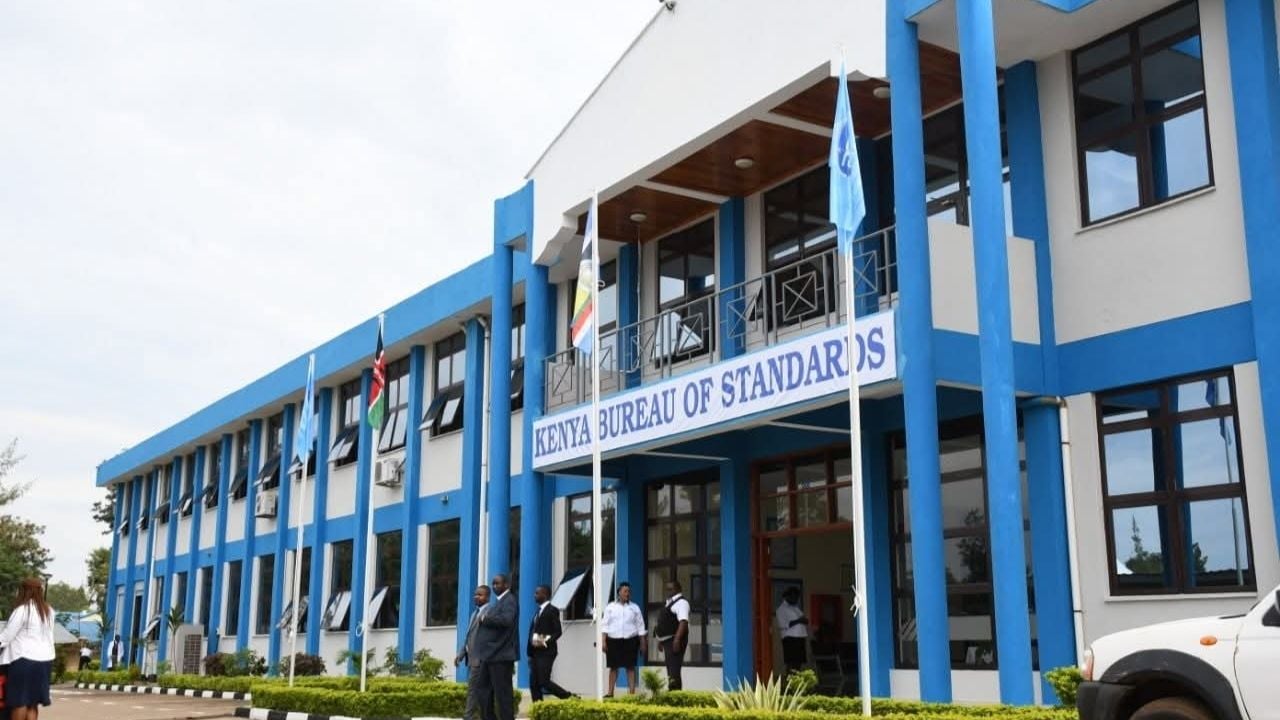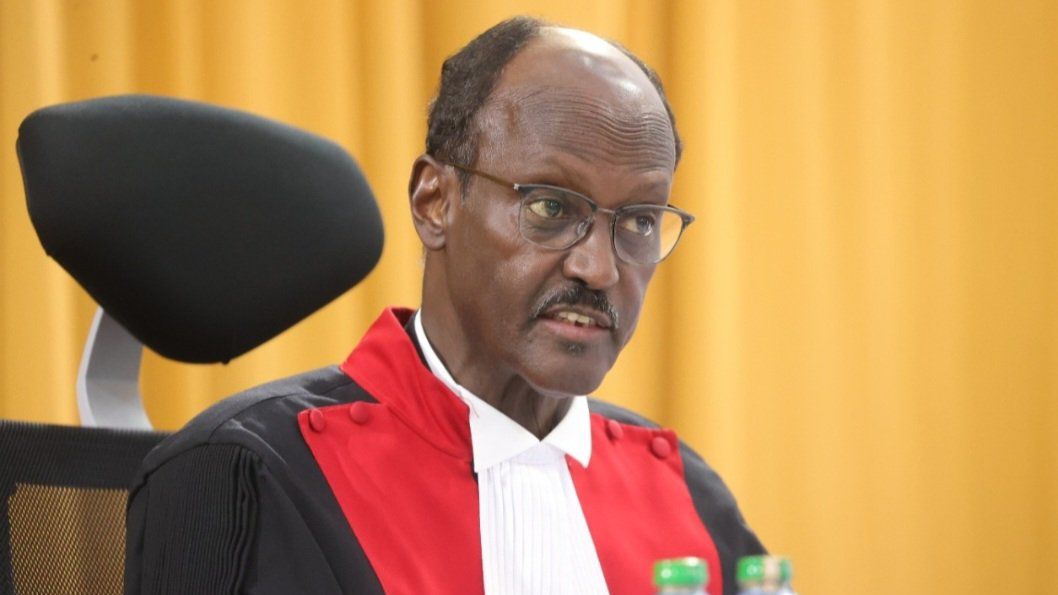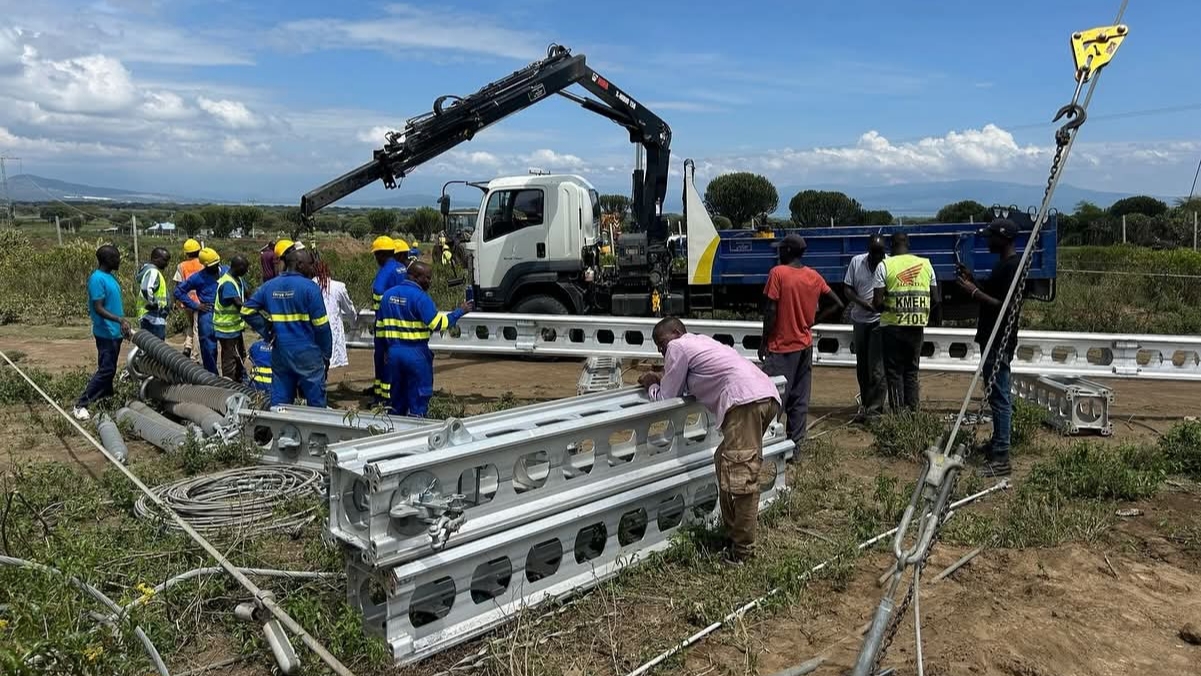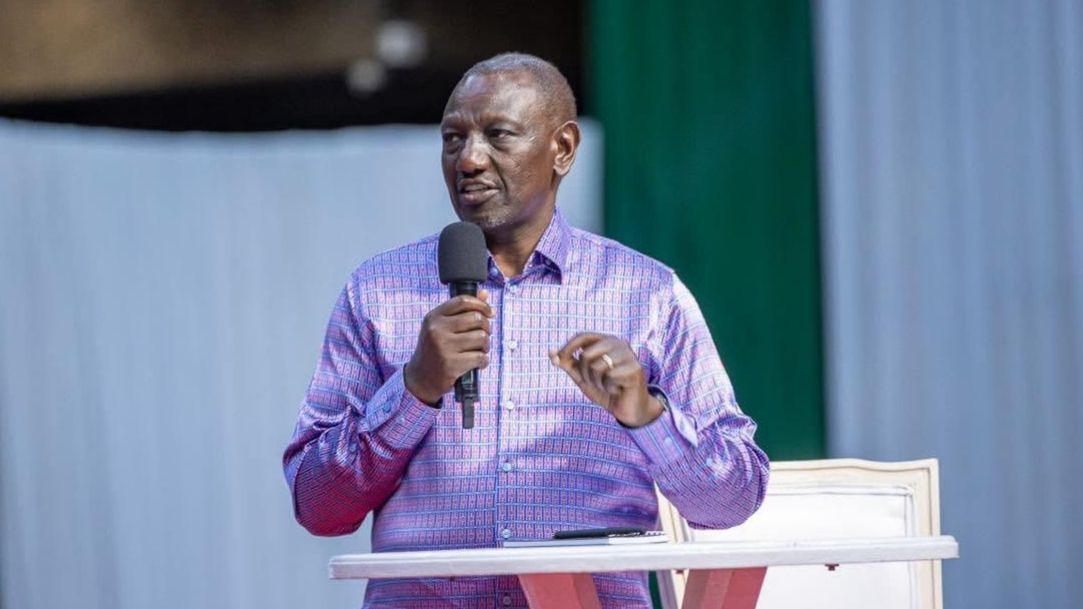Kenya Power and Lighting Company (KPLC) has announced that the electricity consumption in the country hit a new record high on Wednesday, February 12 with a peak demand of 2,316 megawatts.
In a statement on Monday, February 17, KPLC noted that the demand is 12 megawatts higher than the previous peak of 2,304 MW recorded on January 15, 2025.
“Electricity consumption has hit a new record high with a peak demand of 2,316 MW recorded on Wednesday, 12th February 2025. This demand is 12 MW higher than the previous peak of 2,304 MW recorded on 15th January 2025,” read the statement in part.
The utility firm noted that statistics from its National Control Centre show that peak electricity demand has been steadily growing over the last three years with the growth rate gaining momentum in 2024.
KPLC mentioned that electricity demand in the country exceeded the 2,000 MW threshold towards the end of 2021 and peaked above 2,100 MW in 2022 but remained steady below 2,200 MW in 2023 before regaining momentum in June 2024.
Read More
“Looking at the trend, it took nearly two years for the peak demand to grow by 200 MW. However, since June last year, peak demand has grown by over 116 MW. This means that in the last 8 months alone peak demand has grown by an average of 14.5 MW per month. Last year we had 7 new peaks, as of December the peak was 2,288 MW by January the peak was 2,304 MW,” KPLC Managing Director Joseph Siror stated.
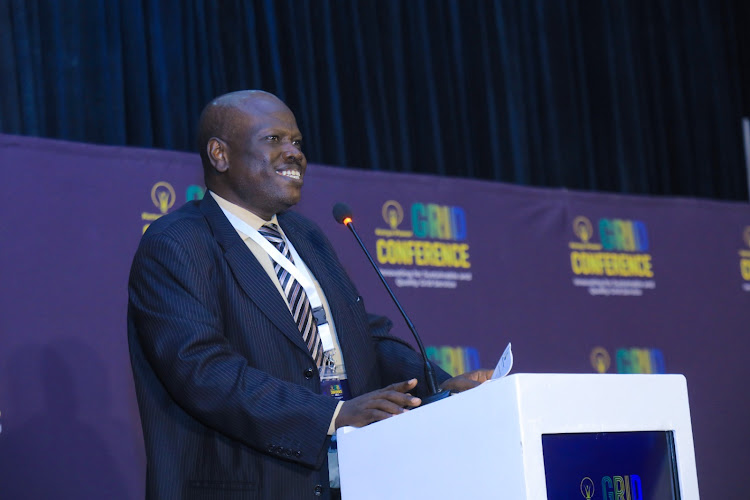
According to Kenya Power, the growth in electricity demand has been driven by investment in the stabilization of the National Grid and the construction of key projects including the completion of the Kimuka substation by KETRACO.
Siror further stated that the completion of other projects, including the 33kV double circuit interconnector between Narok and Bomet, along with the increased connection of new customers to the grid, has led to a rise in electricity demand.
“The investment in upgrading transmission lines by Kenya Power and KETRACO has resulted in a more reliable grid. In the last six months, we also connected over 198,535 new customers to the national grid. With improved grid stability and deployment of various connectivity projects, we anticipate a higher growth in electricity demand in the short and medium term,” Siror added.
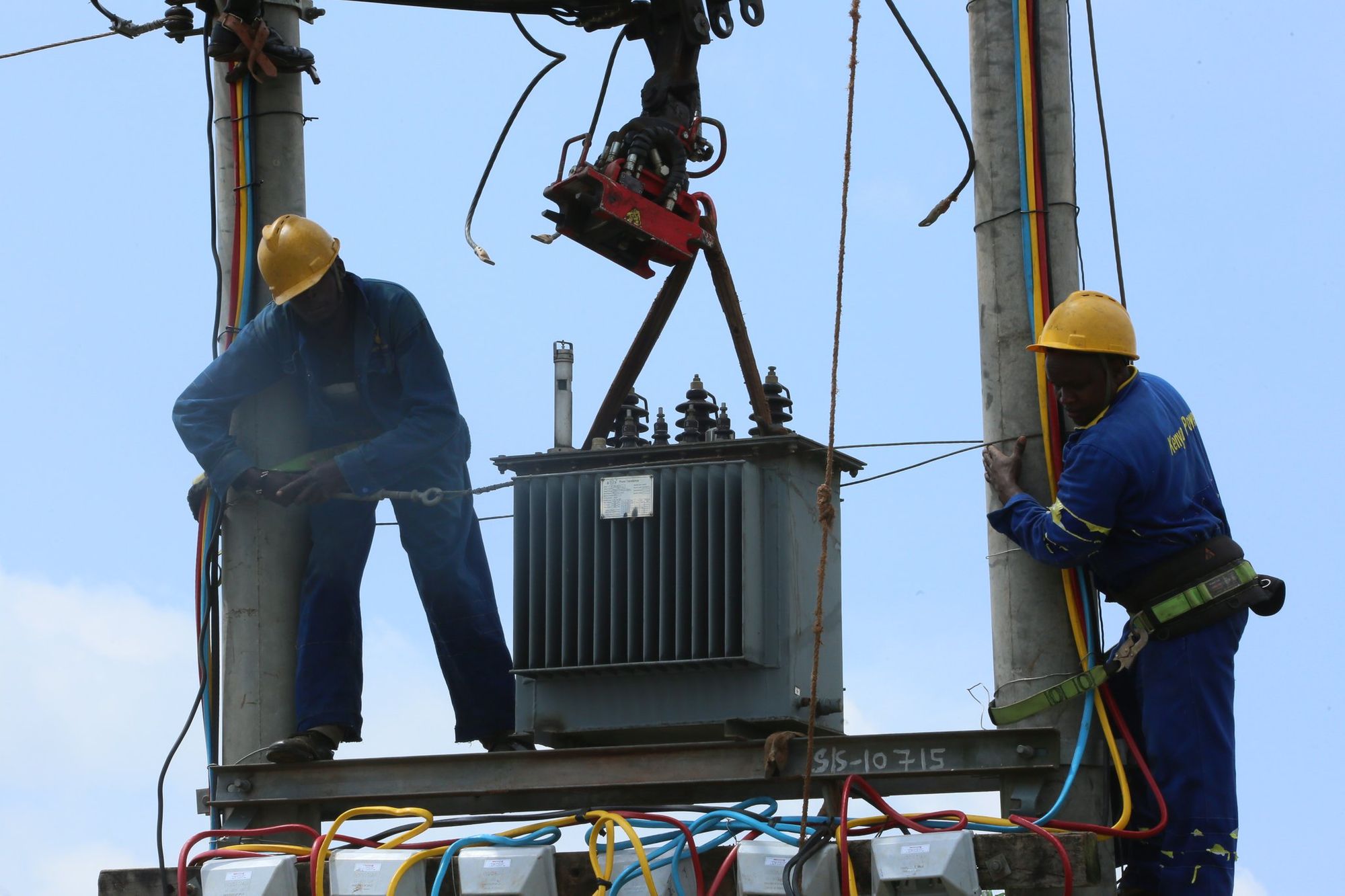

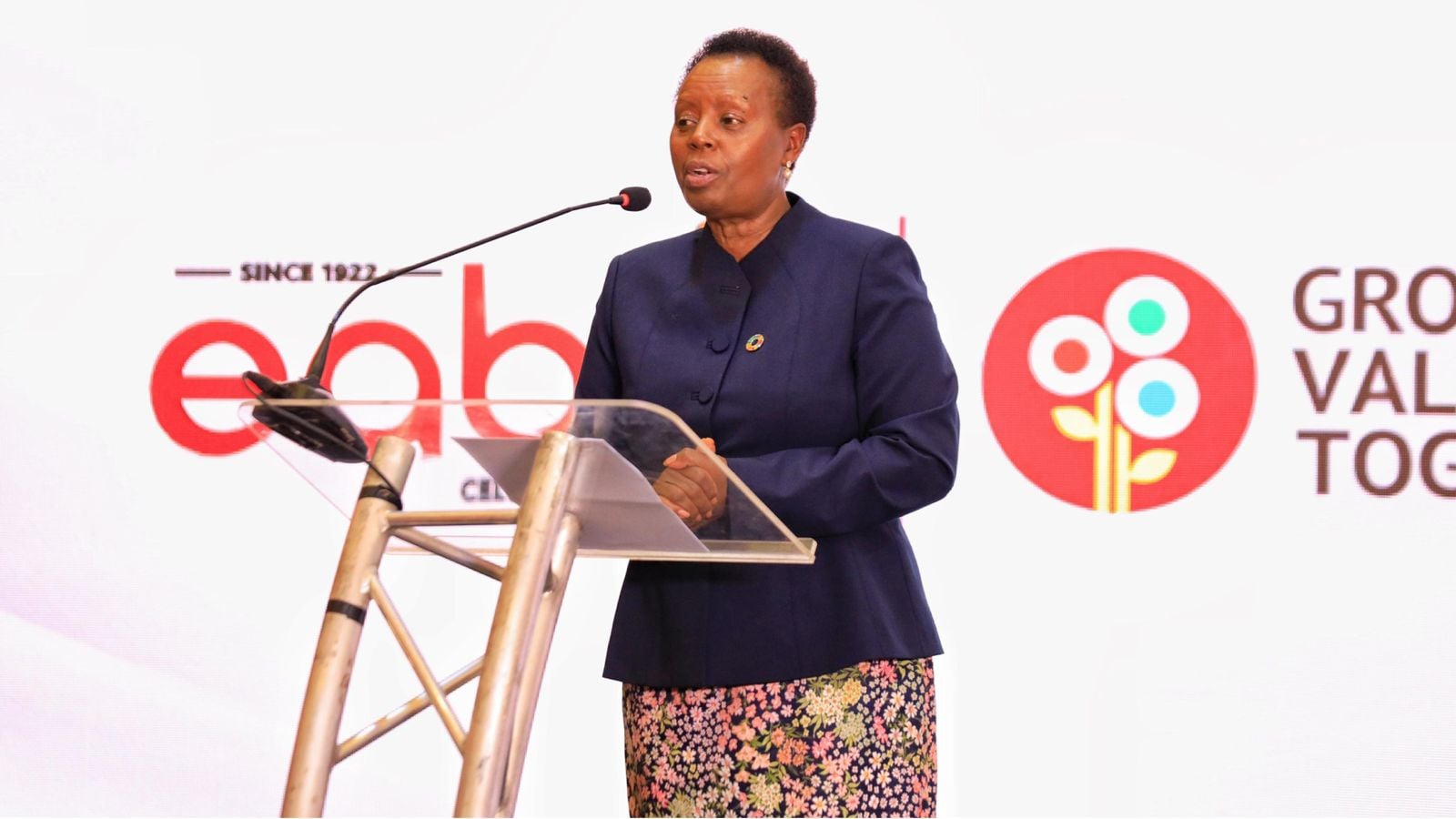

-1758009840.jpg)

